What Is A Low Shank Sewing Machine? 2024 Ultimate Guide
Are you looking for a versatile machine that can handle a variety of fabrics? Or maybe you need a machine specifically designed for quilting?
In this sewing machine buying guide, we’ll provide information on the different types of machines available and help you choose the perfect one for your needs.
First, let’s take a look at what a low Shank sewing machine is. A low Shank sewing machine has a smaller drum than standard machines, making it better suited for delicate fabrics and narrow seam allowances.
The low Shank sewing machine has a smaller spindle that sits lower on the machine than a standard sewing machine. This allows for a small foot pedal and handles, making it easier to sew close to the seam.
Low Shank machines are good for small projects and can be less expensive than standard models.
So, Keeping in mind all of your needs here I come up with a detailed guide about it.
What is a Shank?
A shank is a metal or plastic rod that protrudes from the end of a handle or blade. It is used to improve grip and control. The shank is usually either metal or plastic.
A tang is a metal or plastic protrusion that extends from the handle of a knife, sword, axe, machete, or another tool. It is used to strengthen the blade and to form an anchor for the handle.
What Is A Low Shank Sewing Machine?
A low shank sewing machine is a type of sewing machine that has a smaller-than-average sewing needle.
This allows the machine to sew fabrics with less friction, which in turn leads to faster and more accurate stitching.
Low shank machines are typically used on fabrics with a low thread count, such as jersey fabric or cotton twill.
The low shank sewing machine is a type of sewing machine that is designed to use low shank presser feet and attachments.
The shank is part of the presser foot that attaches to the sewing machine and holds the foot in place while sewing.
Low shank sewing machines have a shorter shank than other types of sewing machines, and they are typically used with smaller and lighter presser feet and attachments.
Low shank sewing machines are often used for basic sewing tasks, such as straight and zigzag stitching, and they are popular with hobbyists and home sewers because they are typically more affordable and easier to use than other types of sewing machines.
Some popular brands of low shank sewing machines include Singer, Brother, and Janome.
Related Post: Low Shank vs High Shank
How To Measure Your Sewing Machine To Find Out If It’s A Low Shank
If your sewing machine has a low shank or built-in extension table, you may need to replace the needle. Low shank needles are shorter than standard needles, which allows them to pass through fabric more easily and sew faster.
If your machine bogies or slips when stitching with a low shank needle, it may be time for a new needle. However, if your machine performs normally regardless of the type of needle you’re using, there is no need to replace it.
A low shank sewing machine has many benefits that can make your sewing experience more enjoyable.
Here are 8 of the most notable ones:
- They’re More Efficient: A low shank sewing machine uses less pressure than a standard one, meaning you’ll be able to sew faster with less hand fatigue.
- They’re More accurate: A low shank sewing machine is also much more accurate than a standard one, meaning your stitches will be perfectly placed every time.
- They’re Easier To Use: Because they use less pressure, low shank machines are easier to operate than standard ones- even if you have limited hand strength or dexterity.
- They’re More Comfortable: A low shank machine is less bulky than a standard one, so you’ll be able to sew with less strain on your hands.
- They’re More Durable: Because they don’t use as much pressure, low shank machines are more durable than standard ones.
- They’re More Portable: A low shank sewing machine is a lot easier to transport than a standard one.
- They’re More Economical: Low shank machines are typically much cheaper than standard ones- and they’ll last longer, too.
- They’re More Convenient: Due to their lower weight, low shank machines are usually easier to use than standard ones.
- They’re More Reliable: Low shank machines are more reliable than standard ones because they don’t have as many moving parts and they’re more durable.
Types Of Sewing Feet That Can Be Used With A Low Shank Sewing Machine
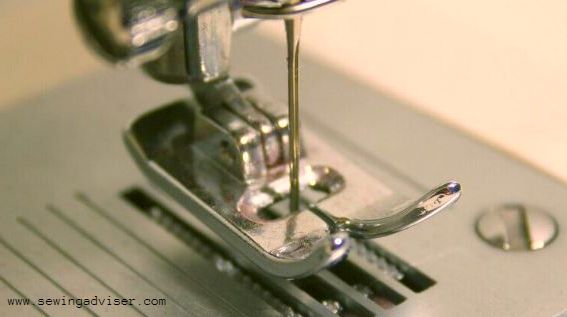
There are several types of sewing machine feet that can be used with a low shank sewing machine. Here are some examples:
- Standard presser foot: This is the most common type of sewing machine foot and is used for most basic sewing tasks.
- Zipper foot: This foot has a narrow groove on one side that allows it to slide along the zipper teeth, making it easier to sew a zipper in place.
- Buttonhole foot: This foot is used to create buttonholes of a consistent size and shape.
- Blind hem foot: This foot is used to create a virtually invisible hem on garments, such as pants and skirts.
- Overlock foot: This foot is used to create an overlock stitch, which is a type of seam that is strong and flexible.
- Satin stitch foot: This foot has a wide, flat sole that helps guide the fabric smoothly through the machine while creating a satin stitch.
- Embroidery foot: This foot is used for embroidery and has a clear plastic base, allowing you to see the embroidery design as you sew.
- Quilting foot: This foot has a wider base than a standard presser foot, making it easier to guide multiple layers of fabric through the machine while quilting.
- Walking foot: This foot has a set of feed dogs on the underside that work in conjunction with the machine’s feed dogs to evenly feed the fabric through the machine. This is useful for sewing through multiple layers of fabric or for fabrics that tend to slip or shift.
Why The Screw Is Missing On My Sewing Machine’s Shank?
The shank on a sewing machine is a part that holds the presser foot in place. It typically has a screw that tightens or loosens to secure the presser foot onto the shank.
If the screw is missing, it could be that it has become loose and fallen out, or it could be that it was never there, to begin with.
There are a few possible reasons why the screw might be missing from your sewing machine’s shank:
- The screw could have become loose over time and simply fell out. This is a common occurrence, especially if the sewing machine is not used frequently.
- The screw could have been damaged or stripped, which would make it difficult or impossible to secure the presser foot. In this case, you may need to replace the screw or the entire shank.
- It’s also possible that the sewing machine was designed without a screw on the shank. Some newer models of sewing machines have a quick-release mechanism that allows you to easily change the presser foot without the need for a screw.
Regardless of the reason, if the screw is missing from your sewing machine’s shank, it’s important to address the issue as soon as possible.
Without a properly secured presser foot, it will be difficult to sew accurately and efficiently.
You may need to take your sewing machine to a professional for repair or replacement of the shank and screw.
Related Post: Why Is My Sewing Machine Skipping Stitches
Why Is A Low Shank Machine Better Than A High Shank Sewing Machine?
A low shank sewing machine is generally considered to be better than a high-shank sewing machine because it is more versatile and can accommodate a wider range of presser feet and attachments.
The shank is the part of the sewing machine that holds the presser foot in place, and the height of the shank refers to the distance from the needle plate to the bottom of the presser foot.
A low shank machine has a shorter distance between these two points, which allows it to use a wider range of presser feet and attachments.
On the other hand, a high shank machine has a longer distance between the needle plate and the bottom of the presser foot, which can limit the range of presser feet and attachments that can be used with it.
This can be a problem if you want to use specialty presser feet or attachments that are not compatible with a high shank machine.
Overall, a low shank machine is more versatile and can be used with a wider range of presser feet and attachments, making it a better choice for many sewers.
However, it’s important to note that the best choice for you will depend on your specific sewing needs and preferences.
What Are The Benefits Of Using A Low Shank Sewing Machine For Your Sewing needs?
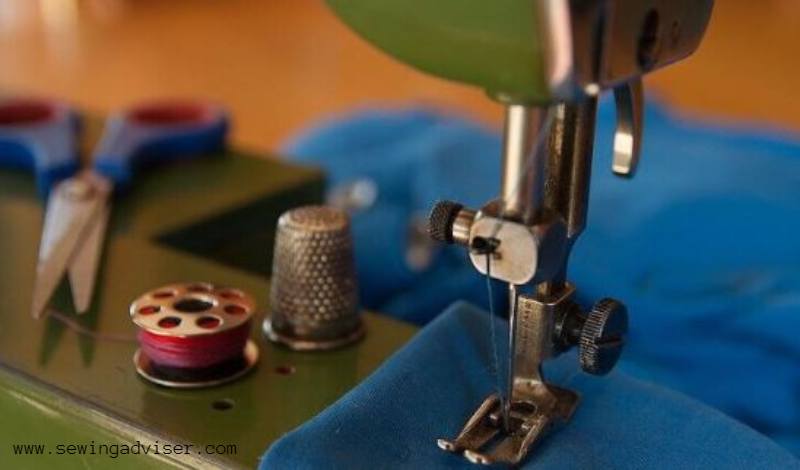
Using a low shank sewing machine can have several benefits, depending on the type of sewing you plan to do and the specific features of the machine. Some potential benefits of using a low shank sewing machine include:
- Compatibility with a wider range of sewing feet: Low shank sewing machines are typically compatible with a wider range of sewing feet, including snap-on feet and other types of feet that may not be compatible with high shank machines. This can give you more flexibility and versatility when choosing the right sewing feet for your projects.
- Ease of use: Low shank sewing machines are often easier to use than high shank machines, especially for beginners or those who are new to sewing. They tend to have fewer parts and are generally simpler to operate.
- Accessibility: Low shank sewing machines may be more accessible for those who have mobility issues or limited dexterity, as they may be easier to reach and operate.
- Cost: Low shank sewing machines are generally less expensive than high shank machines, making them a more budget-friendly option for those who are just starting out with sewing or who don’t need the advanced features and capabilities of a high shank machine.
It’s worth noting that low shank sewing machines may not be suitable for all types of sewing projects, and they may not offer the same level of performance or precision as high shank machines.
To determine which type of sewing machine is best for your needs, it’s important to consider the specific features and capabilities of the machine and how they align with your sewing goals and preferences.
Why Is A Low Shank Sewing Machine Better For Beginners?
A low shank machine is often considered to be better for beginners because it is generally easier to use and more forgiving than a high shank machine.
Low shank machines have a shorter distance between the needle and the presser foot, which makes it easier to reach the needle and make adjustments to the fabric.
This can be especially helpful for beginners who are still learning how to sew and may need to make frequent adjustments to the fabric as they work.
Low shank machines also tend to have fewer complications and are less prone to mechanical problems, which can be frustrating for beginners who are still learning how to troubleshoot and fix issues with their machines.
Overall, a low shank machine is a good choice for beginners because it is generally easier to use and more user-friendly than a high shank machine, which can be more challenging for those who are just starting out with sewing.
Different Types of Presser Feet
There are many different types of presser feet that are designed to perform a variety of tasks when sewing. Here are some common types of presser feet and their uses:
- Standard presser foot: This is the basic presser foot that comes with most sewing machines. It is used for straight sewing and can be used with most types of fabrics.
- Zipper foot: This presser foot is designed to sew close to a zipper, allowing you to easily add a zipper to a garment or project.
- Buttonhole foot: This presser foot helps you create evenly spaced buttonholes with your sewing machine.
- Blind hem foot: This presser foot is used for hemming, and helps you create a nearly invisible hem on thin or lightweight fabrics.
- Overlock foot: This presser foot is used with an overlock machine, which is a specialized machine that sews and finishes the edge of a seam at the same time.
- Gathering foot: This presser foot is used to create gathers or pleats in fabric, which can be used to add fullness to a garment or project.
- Edge-stitching foot: This presser foot has a guide on the right side of the foot that helps you sew straight, even stitches along the edge of a fabric.
- Quilting foot: This presser foot is used for quilting and has a wide opening to allow the quilt layers to move freely under the foot as you sew.
- Open-toe foot: This presser foot has an open toe, which allows you to see the sewing area more clearly and is helpful when sewing intricate designs or working with small pieces of fabric.
- Walking foot: This presser foot is used for quilting and topstitching and helps to evenly feed multiple layers of fabric through the sewing machine.
Remember, it’s important to use the correct presser foot for your sewing project to ensure the best results.
How to Change High Shank Into A Low Shank Sewing Machine
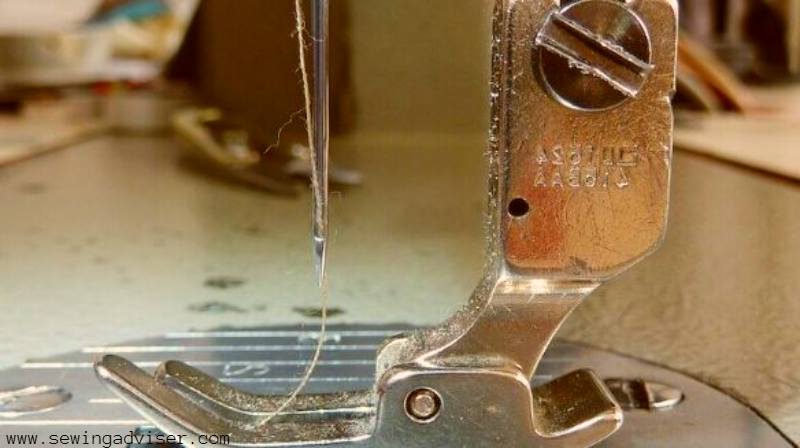
There are a few steps you can follow to convert a high-shank sewing machine to a low shank sewing machine:
- Determine the type of shank your sewing machine uses. High shank machines have a longer, narrower shank that sits higher up on the machine, while low shank machines have a shorter, wider shank that sits closer to the bed of the machine.
- Purchase a low shank conversion kit. These kits are designed to allow you to use low shank feet and attachments on a high shank machine. They typically include a new shank and mounting plate that can be installed on the machine in place of the high shank.
- Follow the instructions included with the conversion kit to install the new shank and mounting plate. This will typically involve removing the existing high shank and attaching the new low shank in its place.
- Test the machine to ensure that it is working properly and that the new low shank is securely attached.
It’s worth noting that converting a high shank machine to a low shank machine can be a complex process, and it may be easier to simply purchase a low shank machine if you need one.
If you are not comfortable with making this type of conversion yourself, it may be best to seek the help of a professional sewing machine technician.
Related Article: What Is a Bobbin?
How Do I Know If I Have A Low Shank Sewing Machine?
To determine if you have a low shank sewing machine, you will need to identify the shank of the sewing machine.
The shank is the part of the sewing machine that holds the presser foot in place. It is typically located at the back of the sewing machine, near the needle.
To find the shank on your sewing machine:
- Locate the presser foot on your sewing machine. The presser foot is the metal bar that sits just above the needle and holds the fabric in place as you sew.
- Look for a metal rod or bar that extends upward from the back of the presser foot. This is the shank.
- Measure the distance from the top of the shank to the bottom of the presser foot. If the measurement is less than 1 inch (2.54 cm), your sewing machine is likely a low-shank machine. If the measurement is greater than 1 inch, your sewing machine is likely a high shank machine.
It’s important to note that the shank measurement may vary slightly depending on the make and model of your sewing machine.
If you are still unsure whether your sewing machine is a low shank or high shank, you may want to consult the manual or reach out to the manufacturer for more information.
What’s The Use Of A Low Shank Sewing Machine?
A low-shank sewing machine is a type of sewing machine that has a low shank, which refers to the area where the presser foot attaches to the machine.
This type of sewing machine is designed to accommodate certain types of presser feet, such as those used for darning or embroidery, that require a lower shank height.
Low-shank sewing machines are often used for these types of sewing projects because the lower shank allows for more clearance between the presser foot and the machine, making it easier to maneuver the fabric and produce more precise stitches.
Low-shank sewing machines can be used for a wide range of sewing projects, including quilting, embroidery, darning, and general sewing tasks.
They are often preferred by sewers who are working on projects that require a lot of fabric manipulation or who need to make intricate or detailed stitches.
If you are in the market for a sewing machine and are considering a low-shank model, it is important to keep in mind that they may not be compatible with certain types of presser feet or attachments, so it is a good idea to check compatibility before making a purchase.
Related Post: Why Does My Sewing Machine Keep Jamming
Why It’s Important To Know The Shank’s Height?
The shank is the part of a shoe that connects the heel to the outsole. Knowing the shank’s height is important for a few reasons.
First, the height of the shank can affect the fit and comfort of a shoe. A shank that is too high may be uncomfortable and cause rubbing or pressure on the foot, while a shank that is too low may not provide enough support. The ideal shank height will vary depending on the intended use of the shoe and the preferences of the wearer.
Second, the height of the shank can affect the stability and support provided by the shoe. A higher shank can provide more stability and support, which may be beneficial for activities that require a lot of walking or standing, or for people with flat feet or other foot conditions that require extra support.
On the other hand, a lower shank may be more flexible and allow for a greater range of motion, which can be beneficial for activities that require more agility or flexibility, such as running or dancing.
Finally, the height of the shank can also affect the appearance of the shoe. Shoes with a higher shank may have a more formal or traditional look, while shoes with a lower shank may have a more casual or modern appearance.
Conclusion:
I hope that now you are well aware of what is a low shank sewing machine. A low shank sewing machine is a type of sewing machine that has a shorter shank, or distance between the needle and the hook, compared to other types of sewing machines.
This design is typically used for machines that are smaller in size and have fewer features. Low shank machines are popular with quilters and sewers who work with smaller fabrics and projects, as the shorter shank allows for more precise and accurate stitching.
Despite their smaller size and fewer features, low shank sewing machines are still capable of producing high-quality sewing projects.
FAQs:
Are Singer Sewing Machines High Or Low Shank?
Singer sewing machines are typically low shank machines. Low shank machines have a shorter distance between the needle and the presser foot, while high shank machines have a greater distance. Low shank machines are more commonly used, as they are compatible with a wider range of presser feet and attachments.
Are Janome Sewing Machines High Or Low Shank?
Janome sewing machines are typically high shank machines. This means that the distance between the needle and the presser foot is slightly higher than on a low shank machine. High shank machines are generally more suitable for use with thicker fabrics and heavier materials, as the added distance allows for more clearance under the presser foot. Low shank machines, on the other hand, are better suited for lighter fabrics and more delicate projects.
Are Kenmore Sewing Machines High Shank Or Low Shank?
Kenmore sewing machines can be either high shank or low shank, depending on the model. High shank machines have a taller shank and are typically used with thicker fabrics and certain presser feet. Low shank machines have a shorter shank and are typically used with lighter weight fabrics and different presser feet. It is important to check the shank type of your machine and use the appropriate presser feet for the best results.
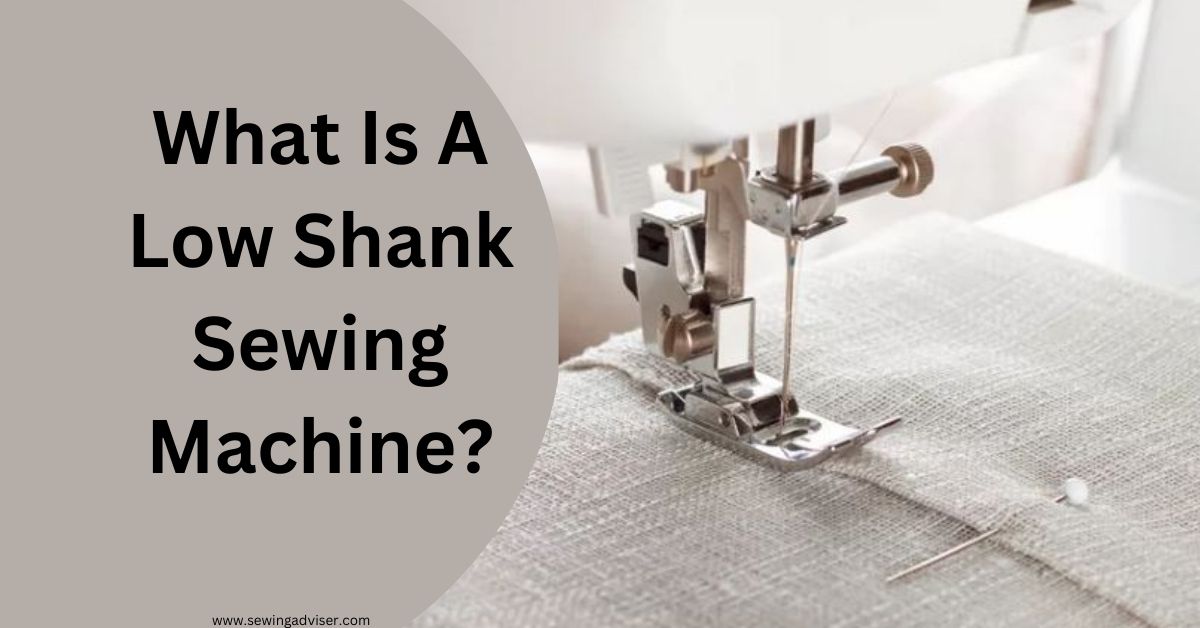
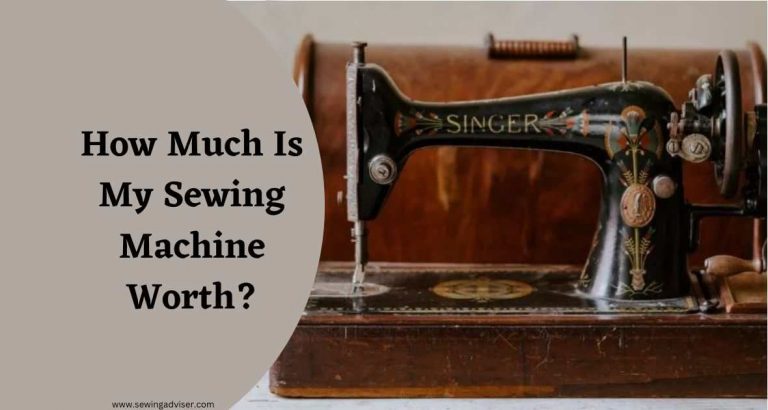
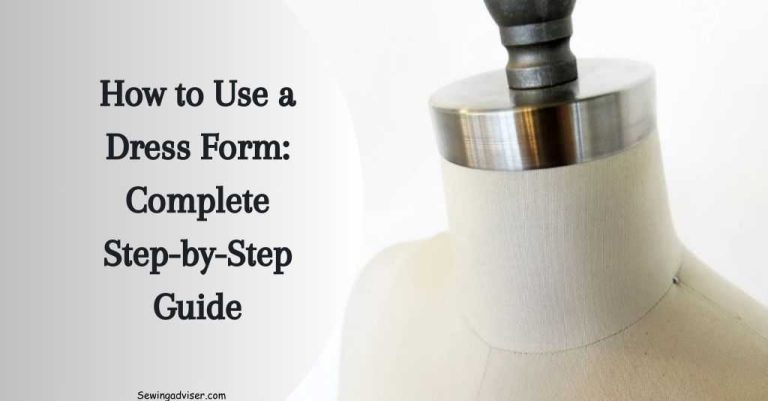
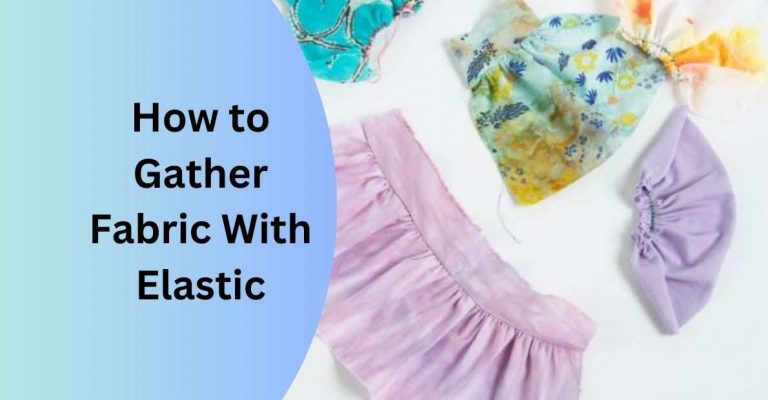
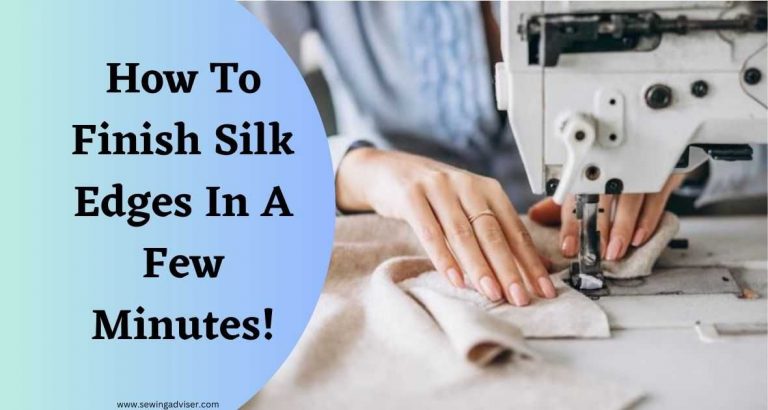
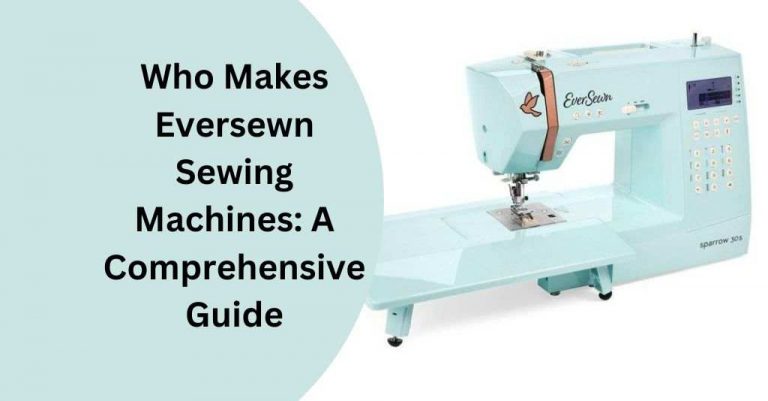
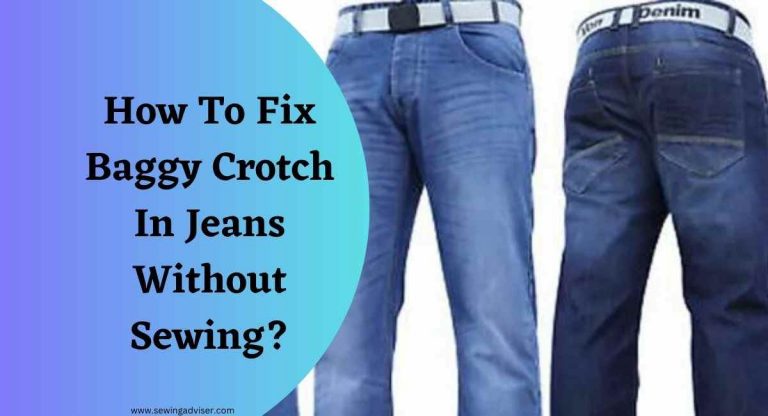
6 Comments